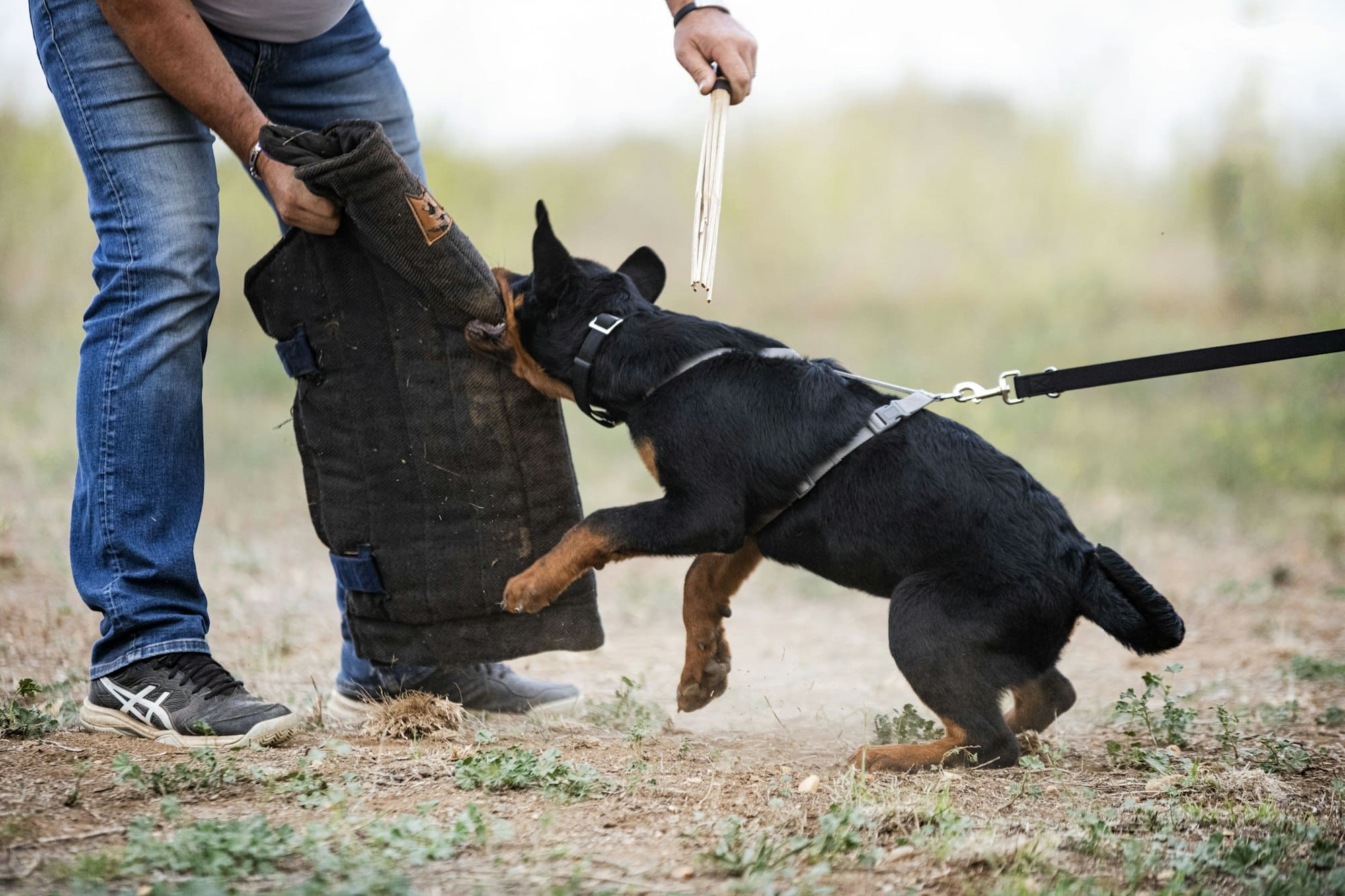Setting up a dash camera on your sport bike enhances safety and ensures legal compliance while riding in the UK. These devices capture crucial evidence in case of incidents, improving insurance claims and providing peace of mind. Understanding installation, camera options, and your legal responsibilities is essential for maximizing benefits. Explore this comprehensive guide to successfully set up your camera, enabling a safer riding experience and compliance with UK laws. Enjoy your ride, knowing you’re well-equipped against unexpected challenges.
Understanding Sport Bike Dash Cameras
Sport bike dash cameras are essential tools for capturing rides and enhancing safety. These cameras are designed to record high-speed adventures, providing evidence in case of accidents or disputes. There are various camera types suitable for sport bikes, each catering to different needs and preferences.
Also to discover : Ultimate Guide to Choosing Top Underseat Storage Options for Sport Bikes in the UK
Types of Dash Cameras
- Single-channel cameras: These record from one perspective, typically the front view.
- Dual-channel cameras: Offering both front and rear views, these provide comprehensive coverage.
- Action cameras: Versatile and portable, these can be mounted in multiple locations on the bike.
Key Features to Consider
When selecting a dash camera for a sport bike, consider the following features:
- Resolution: High-definition recording ensures clear footage.
- Durability: Cameras should be weather-resistant and robust to withstand harsh conditions.
- Storage capacity: Ample storage is necessary for long rides.
- Ease of use: Simple interfaces are crucial for quick operation while on the move.
By understanding the different camera types and their features, riders can make informed decisions to improve their biking experience. Whether for security or capturing thrilling rides, choosing the right dash camera is a vital part of sport biking.
In parallel : Ultimate Guide to Safely Securing Your Sport Bike for Ferry Transport in the UK
Installation Guidelines
Installing a dash camera on your sport bike can significantly enhance your riding experience, providing both safety and entertainment. Follow these installation tips to ensure your camera is set up correctly.
Step-by-Step Guide
- Select the Location: Choose a mounting spot that offers optimal visibility. The handlebars or the front fairing are popular mounting options.
- Prepare the Surface: Clean the area thoroughly to ensure a strong adhesive bond.
- Mount the Camera: Secure the camera using the provided mounts or brackets. Ensure it's firmly attached to withstand vibrations.
- Connect Power: Use the bike’s battery or an external power source. Ensure the wiring is neatly routed to avoid interference with bike controls.
- Test the Setup: Before heading out, check the camera’s angle and recording functionality.
Recommended Mounting Options
- Handlebars: Offers a stable and clear forward view.
- Helmet Mount: Provides a dynamic perspective but may affect helmet balance.
- Rear Mount: Useful for capturing rear traffic and incidents.
Common Installation Mistakes to Avoid
- Loose Mounts: Ensure all fixtures are tight to prevent camera shake.
- Obstructed Views: Avoid positioning that blocks the lens.
- Inadequate Power Supply: Verify power connections to prevent recording interruptions.
Legal Regulations in the UK
Understanding the UK dash camera laws is crucial for any sport bike enthusiast looking to install a dash camera. These regulations ensure that your camera use is compliant with legal standards and respects privacy concerns.
Overview of UK Laws Regarding Dash Camera Usage
In the UK, dash cameras are legal for use on public roads, provided they adhere to specific road use regulations. The primary requirement is that the camera must not obstruct the rider's view or interfere with the bike's controls. This ensures safety for both the rider and other road users.
Legal Requirements for Dash Camera Footage in Case of Accidents
In the event of an accident, dash camera footage can be invaluable. However, for the footage to be admissible, it must be clear and time-stamped. Riders must ensure that their cameras are functioning correctly and are set to record continuously to capture any incidents accurately.
Privacy Considerations When Using Dash Cameras
Privacy is a significant concern when using dash cameras. Riders must comply with the Data Protection Act, which mandates that recorded footage should not be shared publicly without consent. This means being cautious about sharing videos online or with third parties, as it may infringe on others' privacy rights.
Safety Benefits of Dash Cameras
Dash cameras offer significant safety benefits for sport bikers, enhancing both security and peace of mind. These devices serve as crucial tools in accident documentation, providing clear evidence that can be pivotal in determining liability. By continuously recording rides, dash cameras help in risk management by capturing incidents as they occur, which can be invaluable in resolving disputes.
In the event of an accident, having a dash camera can drastically simplify the process of proving what happened. The footage acts as an unbiased witness, often clarifying events that might be contested otherwise. This capability is especially beneficial in situations where biker testimony alone may not suffice.
Moreover, real-life examples highlight how dash cameras have prevented disputes. In one instance, a biker involved in a collision was able to use dash camera footage to demonstrate that a car had abruptly cut into their lane, thus avoiding unjust blame. Such scenarios underscore the importance of having a reliable recording of events, which can protect riders from false claims and ensure that the truth prevails. By investing in a dash camera, sport bikers can significantly improve their safety and legal standing on the road.
Maintenance and Care
Proper dash camera maintenance is crucial to ensure longevity and optimal performance. Regular upkeep not only preserves the camera's functionality but also enhances the quality of the footage captured.
Best Practices for Cleaning and Maintaining Camera Equipment
To keep your dash camera in top condition, follow these cleaning tips:
- Use a microfiber cloth: Gently wipe the lens to remove dust and smudges. Avoid using abrasive materials that could scratch the surface.
- Check for debris: Regularly inspect the camera casing and mounts for any dirt or debris that might obstruct the lens or affect mounting stability.
- Secure connections: Ensure that all cables and connectors are firmly attached to prevent power interruptions or data loss.
Common Troubleshooting Issues and Solutions
Even with regular maintenance, issues may arise. Here's how to address some common problems:
- Camera not powering on: Verify that the power source is connected and functioning. Check the battery if applicable.
- Poor video quality: Clean the lens and check the resolution settings. Adjust the angle for better coverage.
- Intermittent recording: Inspect the storage card for errors and format it if necessary. Ensure it has sufficient space.
Product Recommendations
Selecting the best dash cameras for sport bikes involves considering various factors such as features, prices, and user reviews. Here, we highlight top-recommended models that excel in these areas.
Top Recommended Dash Cameras for Sport Bikes
-
GoPro Hero10 Black: Known for its exceptional video quality and durability, this camera is a favourite among sport bikers. It offers high-resolution recording and is waterproof, making it ideal for all weather conditions.
-
Garmin Dash Cam Mini 2: This compact camera provides excellent video clarity and comes with voice control features. It's praised for its unobtrusive design and ease of installation.
-
Insta360 ONE X2: Offering 360-degree recording, this camera captures every angle of your ride. Users appreciate its advanced stabilisation and editing capabilities.
Comparison of Features, Prices, and User Reviews
- GoPro Hero10 Black: High price point, but users commend its robust performance and reliability.
- Garmin Dash Cam Mini 2: Mid-range pricing with positive reviews on user-friendliness and discreetness.
- Insta360 ONE X2: Slightly higher cost, valued for its unique 360-degree capture and innovative features.
Where to Purchase Reliable Dash Cameras
These dash cameras can be purchased from reputable electronics retailers or online platforms like Amazon, ensuring you get genuine products with warranty options.
User Experiences and Testimonials
Exploring user reviews and testimonials provides valuable insights into the practical use of sport bike dash cameras. Riders frequently share their real-life experiences, highlighting both the advantages and occasional drawbacks of different models.
Users often praise the clarity and reliability of footage, especially in high-resolution dash cameras. Many find that these devices significantly enhance their sense of security, knowing that their rides are continuously documented. Testimonials often mention how dash cameras have influenced rider behavior, encouraging safer riding practices due to the awareness of being recorded.
Feedback varies across brands, with some models receiving accolades for their durability and ease of use. For instance, the GoPro Hero10 Black is frequently lauded for its robust performance in diverse weather conditions. Meanwhile, the Garmin Dash Cam Mini 2 is appreciated for its compact design and user-friendly interface.
However, some users note challenges, such as battery life limitations or complex installation processes, which can affect overall satisfaction. Despite these challenges, the consensus remains positive, with many riders viewing dash cameras as indispensable tools for both safety and enjoyment on the road. These shared experiences underscore the importance of selecting a camera that aligns with individual needs and riding habits.
Visual Aids and Diagrams
Understanding the installation of dash cameras on sport bikes can be greatly enhanced with the use of visual guides. These aids provide clear, step-by-step instructions that simplify the process, ensuring that even those with minimal technical skills can achieve a successful setup.
Diagrams illustrating optimal camera placement are invaluable. They show precisely where to position cameras for maximum coverage and minimal interference. For instance, placing a camera on the handlebars offers a stable view of the road ahead, while a rear mount captures traffic behind. Such visual aids help in avoiding common mistakes like obstructed views or insecure mounts.
Examples of effective dash camera setups include configurations where the camera is mounted using robust brackets that withstand vibrations. These setups often incorporate installation diagrams that guide users through the process, highlighting critical points such as cable routing and power connections. By following these guides, riders can ensure their cameras are securely and correctly installed, enhancing both safety and recording quality.
Incorporating these visual aids not only facilitates a smoother installation process but also empowers riders to make informed decisions about their camera placements, ultimately leading to a more enjoyable and secure riding experience.
Future Trends in Dash Camera Technology
The evolution of dash camera technology is poised to bring exciting innovations to the world of sport biking. As the market trends towards more sophisticated solutions, several emerging technologies promise to enhance both safety and usability for bikers.
Future innovations in dash cameras are expected to include enhanced connectivity features. Integration with smart devices will allow bikers to access real-time footage and alerts directly on their smartphones. This connectivity can also enable automatic uploading of videos to cloud storage, ensuring footage is secure and easily accessible.
Another promising trend is the incorporation of artificial intelligence (AI) to improve incident detection. AI-powered cameras can analyse footage to identify potential hazards and alert riders in real time, thereby preventing accidents before they occur. This advancement in dash camera technology could significantly enhance rider safety.
Additionally, the development of compact and lightweight designs will make cameras more user-friendly. As technology advances, cameras are becoming less obtrusive while maintaining high-quality recording capabilities. This makes them ideal for sport bikes where space and aerodynamics are crucial.
These advancements in dash camera technology not only promise improved safety but also enhance the overall riding experience, making future rides more enjoyable and secure.













